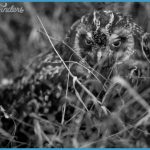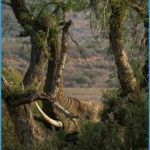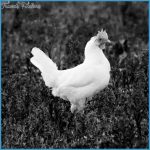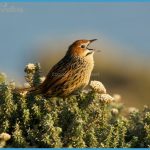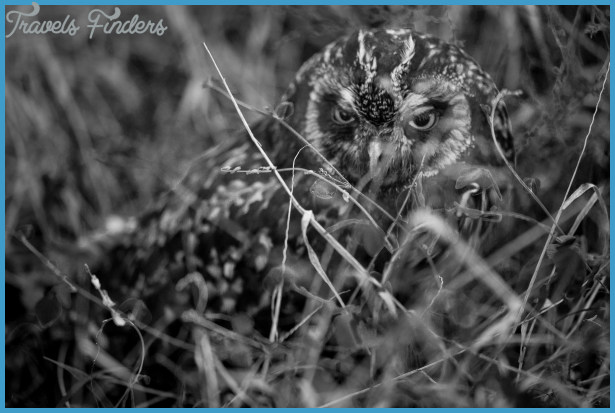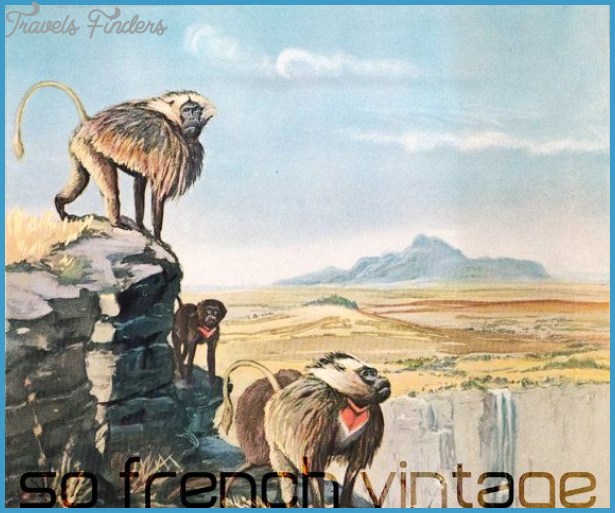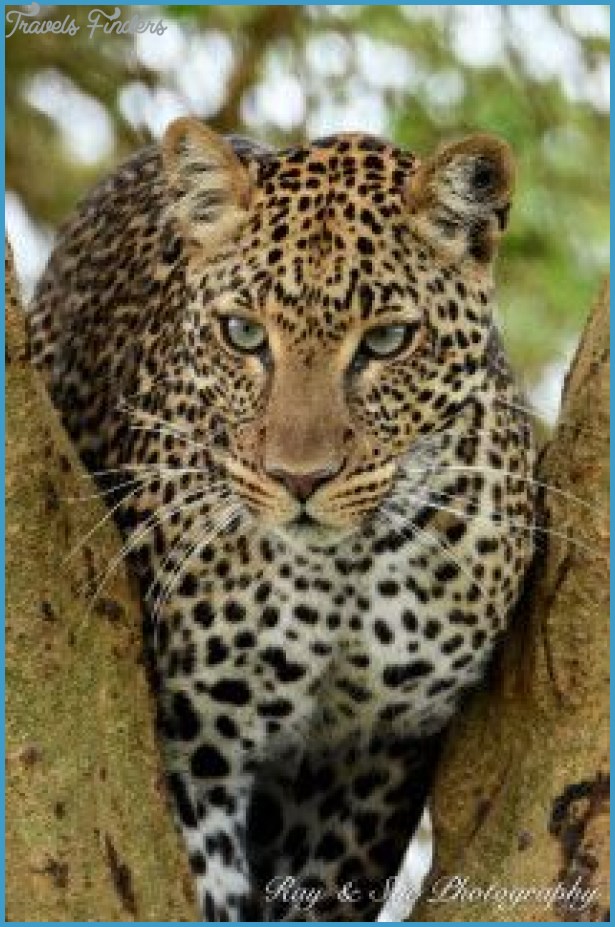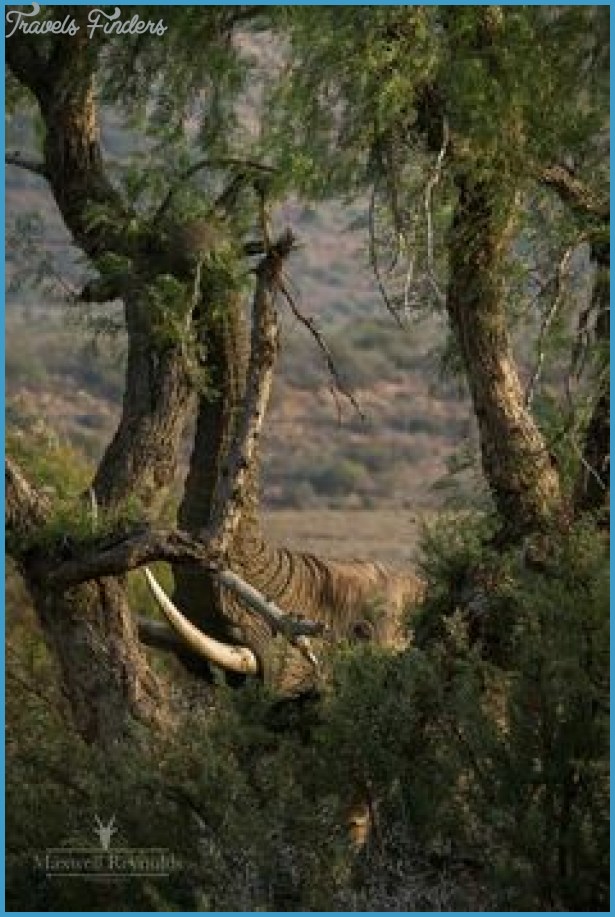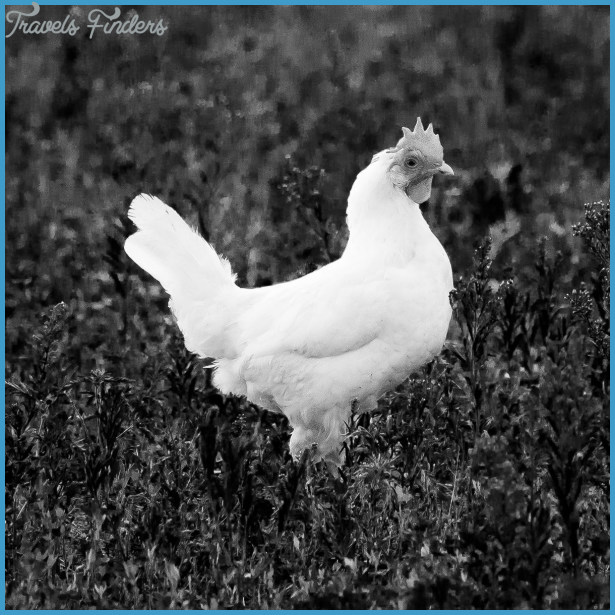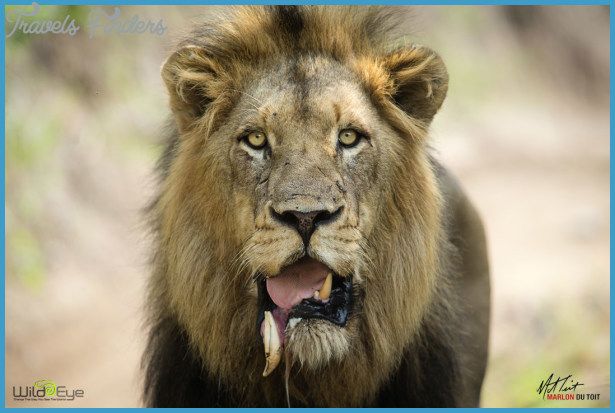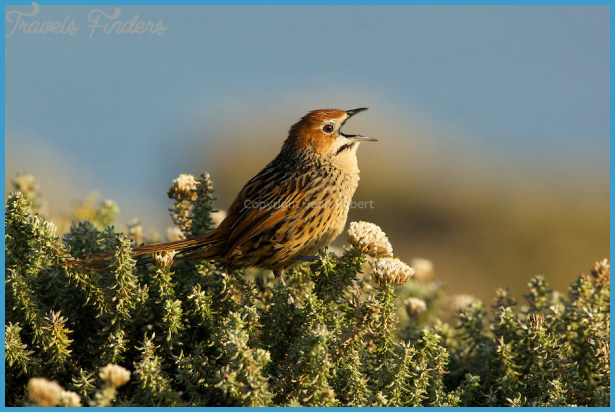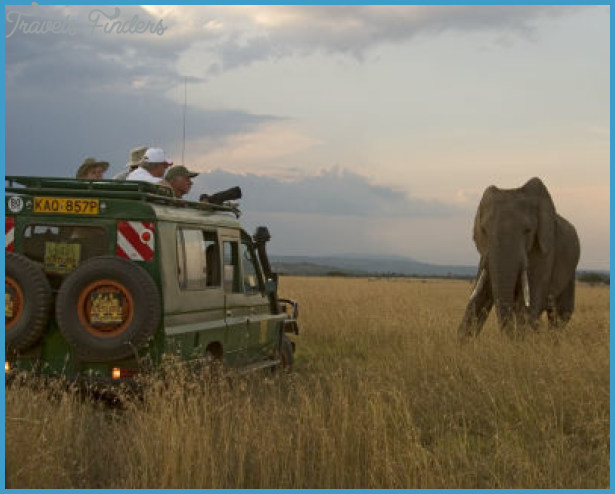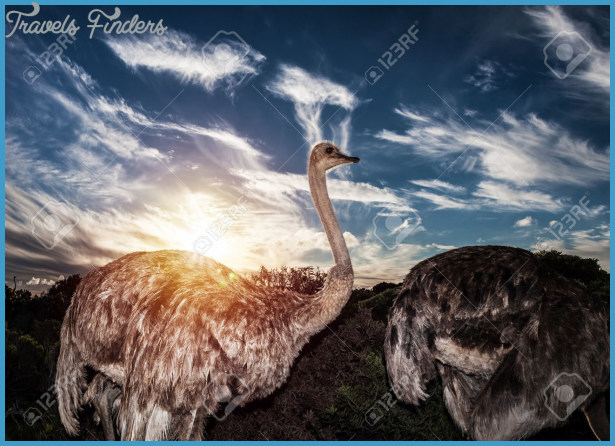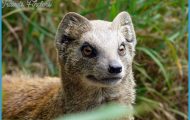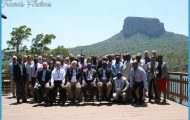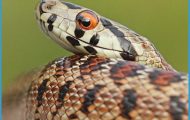Most nights were wonderfully peaceful save for the jerboas, little long-tailed rodents with big ears, scurrying around the outside of my tent, presumably searching for bits of discarded food to devour. Not that they made any noise. Instead, they would sometimes wake me because they were nudging the side of my tent as they scuffled around. When I opened the tent each morning, the presence of a myriad of tiny footprints confirmed that they had been close to me all night.
Now and again I spotted a bird or two: an elegant little White-crowned Black Wheatear sitting perkily atop a shrub in a wadi; a muddy brown Desert Lark scurrying over boulders or searching the sand between shrubs; a Rock Martin, a grey version of our own Sand Martin, scything the air between some wadi acacias. But not all together. This is the Sahara, not Slimbridge, and birds here have a far harder life trying to find food. And if you wonder what the likes of these wheatears and larks eat in such an arid place, all you need do is to sit by a light in the cool, dark desert evening and just watch all manner of insects that turn up attracted to the light. Small moths, flies, leaf bugs, delicate little lacewings and more. And in the early morning as the sun bursts out horizontally across a wadi, the acacias are draped in a network of dew-doused spiderwebs that get suddenly illuminated.
Gradually, my fellow 153 Club members became better and better versed in alerting me to the desert birds: Lisa invariably heard some twittering’, Alan had seen something small and brown’ – though it did take our whole stay before Christiaan from Holland could master the tricky name, White-crowned Black Wheatear. Even our drivers started to take an interest. An arms-wide-apart-flapping gesture from one of them pointing to some distant bush was their usual signal. Towards the end of our trip one of our group was quoting from his travel guideblog on the crows around the Awbari salt lakes. No, not crows,’ the others said in unison. They’ll be Brown-necked Ravens!’
Not that all of my tales of the unexpected are about wildlife. Seemingly, it’s not impossible, even out here, to encounter a local person when you are least expecting to see anyone. One particular day we had stopped in a particularly arid area of the Akakus at a series of rocky outcrops to see another set of amazing rock drawings from at least 5,000 years ago, a time when the Sahara was more moist and fertile (see Chapter 12).
Africa Nature Wildlife And Travel Photography Photo Gallery
As we were walking up to the drawings, a Tuareg man appeared suddenly from behind some nearby rocks. It surprised us that he was out here; but what surprised us even more were his spectacles. Dressed in traditional blue robes and a turban, and all smiles, he looked as if he had just come out of Specsavers with the wrong pair of glasses. The nearest Specsavers, incidentally, was an awfully long way away. It seemed likely that some passing European tourist had left them behind on an outcrop. Our friendly Tuareg was determined to wear them whether they improved his eyesight or more likely not. Beaming with his new bifocals, he shook hands with everyone, although no one could converse with him – our drivers and guide spoke Arabic and at least one Berber dialect but most Tuareg here speak Tamahaq. As we drove off, all of us wishing him (and his specs) well, he walked off to wherever he came from, still all smiles and waving.
Sometimes – though not very often in my experience – you spot the creature you desperately want to see far more quickly than you could hope for. I think my fastest ever bit of spotting was on the Canary Island of Tenerife.
On such islands, some birds have evolved to become quite different from their mainland relatives. Often the differences become so marked over time that experts consider them to be different species. This is presumably what happened with the

